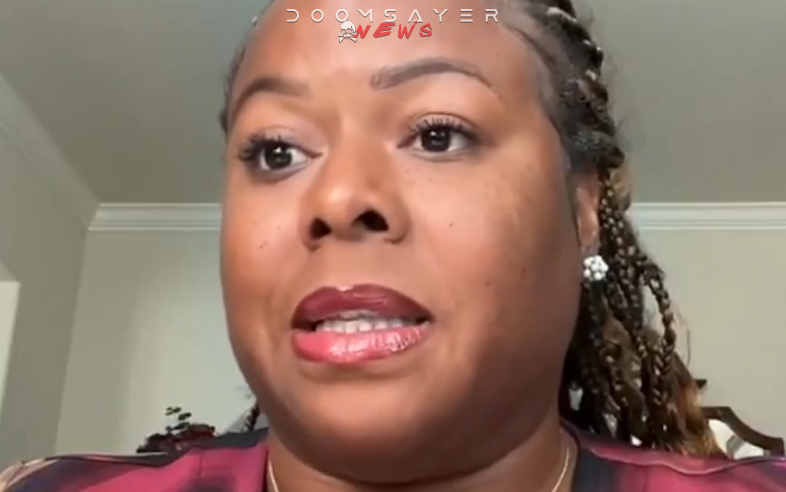Federal Judge In San Francisco Halts All Large-Scale Firings By The Trump Administration
Many of us have been waiting for the arguments on May 15th before the Supreme Court in the birthright citizenship case to see if the justices will put long-needed limits on district courts issuing national injunctions. Critics object that Democratic groups are going to blue states in open forum-shopping to secure such injunctions from favorable judges — a record number of injunctions for an Administration that only just passed its 100th day mark. Those complaints are likely to only increase after the new order by District Judge Susan Illston in San Francisco. It is arguably the most expansive yet in its scope and assertion of judicial power.
At the request of unions and other groups, Judge Illston (a Clinton appointee) imposed a temporary restraining order (TRO) for 14 days to stop the Trump administration from carrying out large-scale layoffs and program closures across two dozen agencies.
For those calling for district courts to be restrained, Judge Illston’s TRO (which often leads to a preliminary injunction) will seem like another court ruling with total abandon.
Trump is carrying out his pledge to dramatically downsize the government, including targeting waste and unnecessary or superfluous programs. One can certainly disagree with that judgment. The unions and Democrats opposed the pledge during the campaign.
However, after the public elected him, the question is whether a single district judge has the ability to stop a president from implementing such policies.
Unions insist that Congress set up a specific process for the federal government to reorganize itself and that that process is not being followed.
Specifically, Illston is arguing that the process includes consultation with Congress. The law, 5 U.S.C. § 903 states in part:
(a)Whenever the President, after investigation, finds that changes in the organization of agencies are necessary to carry out any policy set forth in section 901(a) of this title, he shall prepare a reorganization plan specifying the reorganizations he finds are necessary. Any plan may provide for—
(1) the transfer of the whole or a part of an agency, or of the whole or a part of the functions thereof, to the jurisdiction and control of another agency;
(2) the abolition of all or a part of the functions of an agency, except that no enforcement function or statutory program shall be abolished by the plan;
(3) the consolidation or coordination of the whole or a part of an agency, or of the whole or a part of the functions thereof, with the whole or a part of another agency or the functions thereof;
(4) the consolidation or coordination of part of an agency or the functions thereof with another part of the same agency or the functions thereof;
(5) the authorization of an officer to delegate any of his functions; or
(6) the abolition of the whole or a part of an agency which agency or part does not have, or on the taking effect of the reorganization plan will not have, any functions.
The President shall transmit the plan (bearing an identification number) to the Congress together with a declaration that, with respect to each reorganization included in the plan, he has found that the reorganization is necessary to carry out any policy set forth in section 901(a) of this title.
The law has always occupied a gray area since a president has the authority under Article II to run the executive branch and remove individuals. Judge Illston recognizes that inherent authority as a “prerogative of presidents to pursue new policy priorities and to imprint their stamp on the federal government. But to make large-scale overhauls of federal agencies, any president must enlist the help of his coequal branch and partner, the Congress.”
The lawsuit was filed last week, and the court issued its order not long after arguments.
Judge Illston did acknowledge that two courts of appeal recently rendered decisions against jurisdiction in such cases in Widakuswara v. Lake, No. 25- 5144, 2025 WL 1288817 (D.C. Cir. May 3, 2025) and Maryland v. U.S. Dep’t of Agriculture, No. 25- 1248, 2025 WL 1073657 (4th Cir. Apr. 9, 2025). The court notes that those decisions are not binding on a San Francisco district court and rejects their value as “persuasive authority.” Judge Illston declared that “Tthe [sic] Fourth Circuit offers no reasoning for its conclusion that the district court lacked jurisdiction, and this Court finds the dissenting opinion in that case more robust and more persuasive. ” It similarly embraced the dissent in the D.C. Circuit case.
Danielle Leonard, a lawyer representing the challengers, told the court that Trump is destroying the government, insisting, “It’s an ouroboros: the snake eating its tail.”
For critics, it may look more like Article III devouring Article II. The order will only heighten the pressures leading into the May 15th arguments in Washington. It will also increase pressure on Congress to move forward with legislation designed to rein in district courts in the use of national or universal injunctions.
Here is the order: AFGE v. Trump
Tyler Durden
Sat, 05/10/2025 – 12:50ZeroHedge News










